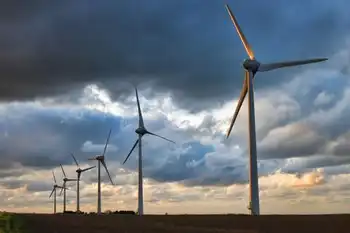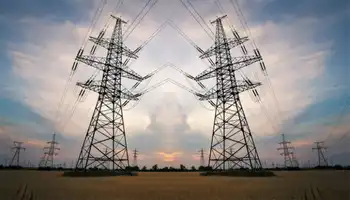EU emissions down 2.6 percent as recession continues
By Reuters
High Voltage Maintenance Training Online
Our customized live online or in‑person group training can be delivered to your staff at your location.

- Live Online
- 12 hours Instructor-led
- Group Training Available
Moreover, emissions last year came in 114 million tons below the 2011 EU Emissions Trading System (EU ETS) cap, meaning the scheme was oversupplied for the third year in a row and the sixth time in seven years and indicating that recovery has still not returned European economies to their pre-crash levels.
The analysis is based on the verified emissions data published today by the European Commission via its Community Independent Transaction Log (CITL) for 9,977 installations accounting for 90 percent of 2010 emissions.
According to Thomson Reuters Point Carbon, the data in 2011 saw the tide turn in terms of the emissions generated by the economies of Europe, as early positive developments slowed and turned to declining output and a related decline in emissions towards the end of the year.
The largest relative changes were seen in the power and heat sector. This sector saw emissions decreasing by 41 million tons to 1,141 million tons as “a mild winter and increased renewable generation, especially from wind and solar power, outweighed the impact on emissions from the shutdown of nuclear power plants in Germany”, said Yan Qin, Senior Modeling Analyst for Thomson Reuters Point Carbon.
Qin added that there is still some uncertainty surrounding the heat sector as France has submitted only 25 percent of its emissions so far. France has a very large proportion of electric heating facilities so its emissions are affected considerably by weather patterns.
In the industrial sectors, emissions were down to 746 million tons, a decrease of 12 million tons year-on-year, “due to declining production levels towards the end of the year and assumed modest intensity improvements”, explained Bjørn Inge Vik, Senior Carbon Analyst for Thomson Reuters Point Carbon.
According to Marcus Ferdinand, Senior Market Analyst, Thomson Reuters Point Carbon, “the outcome of the 2011 emissions data is below market expectations and will have an additional bearish impact on the current low carbon prices. However, the lower than expected verified emission numbers could increase support for the set-aside of allowances in phase three of the EU Emissions Trading System (EU ETS)”.
Ferdinand adds that “we started the 2011 with expectations for steady growth and recovery for most sectors after the financial crisis and, indeed, the first half of the year looked promising with positive economic indicators and industrial production levels growing.
However, concerns over Greek and southern European debt escalated during the latter half of the year and worries over slowing growth in the Euro zone and the possibility of another recession materialized in slowing production levels for important industry sectors, reflected in the drop in emissions”.











